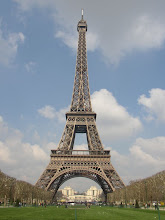It occurred in a holding vessel around reactor three at the stricken Fukushima Daiichi plant,
and forced engineers to consider releasing more radioactive material into the atmosphere. A similar tactic produced explosions during the early days of the crisis.
and forced engineers to consider releasing more radioactive material into the atmosphere. A similar tactic produced explosions during the early days of the crisis.
Officials warned that a release of radiation this time would be larger than in previous releases because more nuclear fuel had degraded.
They said the process could involve the emission of a cloud dense with iodine, as well as the radioactive elements krypton and xenon.
Japan’s health ministry said it had advised residents in Iitate, a village of about 6,000 19 miles northwest of the nuclear plant, not to drink tap water due to the levels of radioactive iodine which were three times the normal level.
Tepco, the plant operator, temporarily suspended the venting plan after pressure inside the reactor stopped climbing, but said it was still at a high level.








0 comments:
Post a Comment